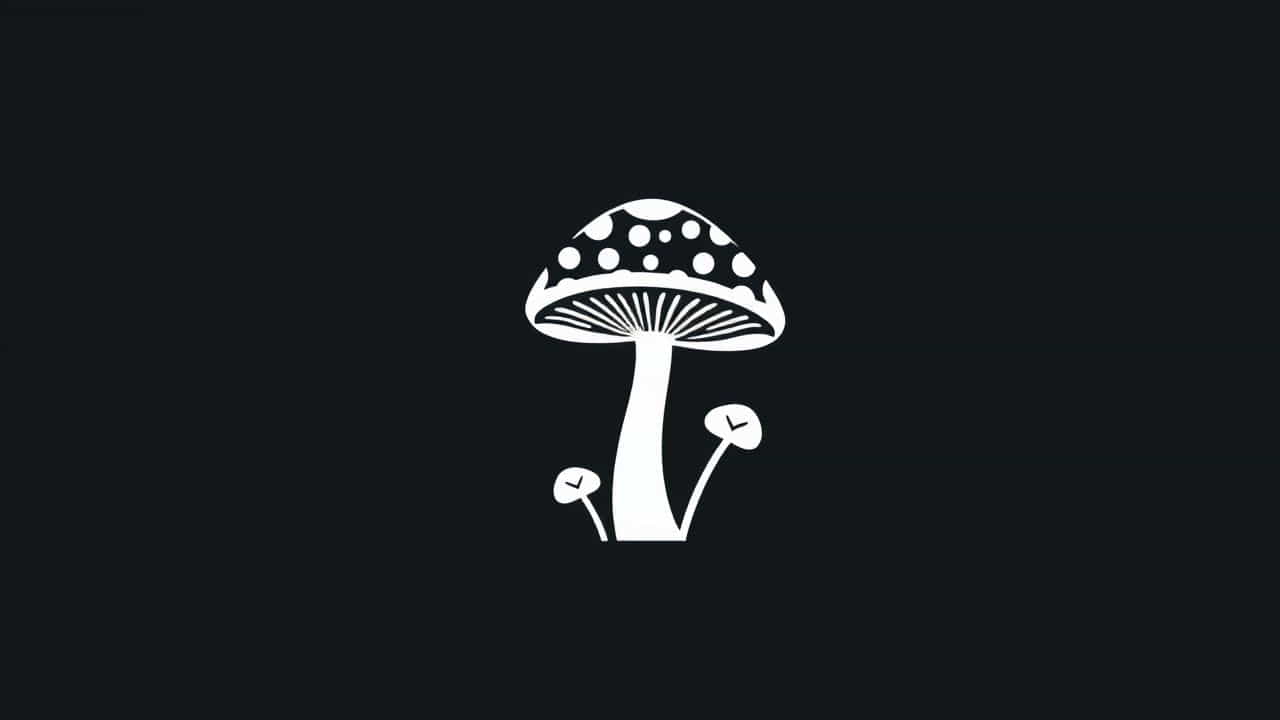What Is Mycology in Hindi? A Simple Guide to the Study of FungiMany people are familiar with plants and animals, but few know about the fascinating world of fungi. Mycology is the branch of science that studies fungi, including mushrooms, molds, and yeasts. In Hindi, mycology is called कवक विज्ञान” (Kavak Vigyan). Fungi play essential roles in nature, medicine, and human life. This topic will explain what mycology is, its importance, and how it is studied all in simple language for easy understanding.
What Is Mycology?
Mycology is the scientific study of fungi. The word “mycology” comes from the Greek words “mykes” (meaning fungus) and “logia” (meaning study). In Hindi, it is known as कवक विज्ञान. Fungi include a wide variety of organisms like mushrooms (मशरूम), molds (फफूंदी), and yeasts (खमीर). These organisms are different from plants and animals and have their own unique characteristics.
Characteristics of Fungi
Cell Structure
Fungi are made up of eukaryotic cells, which means their cells have a nucleus. Unlike plants, fungi do not have chlorophyll and cannot make their own food through photosynthesis.
Nutrition
Fungi are heterotrophic, which means they get their food from other organic matter. Some fungi are decomposers that break down dead organisms, while others live as parasites or in symbiotic relationships.
Reproduction
Fungi reproduce through spores, which can spread through air, water, or by direct contact. These spores grow into new fungi under the right conditions.
Importance of Mycology
In Medicine
Fungi are the source of many important medicines. Penicillin, the first antibiotic discovered, comes from a fungus. Other fungi are used to produce medicines that help treat infections and diseases.
In Agriculture
Fungi play a crucial role in soil health and plant growth. Some fungi form beneficial relationships with plants, helping them absorb nutrients. However, some fungi also cause plant diseases, making the study of mycology essential for farmers.
In Food Industry
Yeasts are used to make bread, beer, and wine. Edible mushrooms are consumed around the world. Fermented foods often involve the use of fungi.
In Environmental Balance
Fungi are nature’s recyclers. They break down dead plants and animals and return nutrients to the soil, supporting new growth.
Branches of Mycology
Medical Mycology
This branch focuses on fungi that cause diseases in humans and animals. Studying these fungi helps in creating medicines and treatments.
Agricultural Mycology
It studies fungi that affect crops, either helping plants grow or causing plant diseases.
Industrial Mycology
This area deals with the use of fungi in industrial processes, including food production and biotechnology.
Environmental Mycology
This branch studies the role of fungi in ecosystems and their contribution to environmental health.
Common Types of Fungi
Mushrooms (मशरूम)
These are the most well-known fungi. Some are edible, while others are poisonous. They grow in forests, fields, and even in backyards.
Yeast (खमीर)
Yeast is a type of fungus used in baking and brewing. It helps bread rise and ferments sugars into alcohol.
Mold (फफूंदी)
Mold can grow on food, walls, and other surfaces. Some molds are useful, but others can cause health problems.
How Is Mycology Studied?
Observation
Scientists start by observing fungi in nature or under the microscope. They look at the shape, color, and texture of fungal structures.
Culturing
Fungi are grown in labs using special nutrient media to study their growth and characteristics.
Microscopy
A microscope helps scientists examine spores and fungal cells in detail.
DNA Analysis
Modern mycology also uses genetic techniques to understand the fungal genome and identify different species.
Careers in Mycology
Mycologist
A scientist who studies fungi is called a mycologist. They work in laboratories, universities, agricultural research centers, and medical facilities.
Food Technologist
Food industries employ experts who use fungi in fermentation and food production.
Pharmaceutical Researcher
Researchers use fungi to discover new medicines and antibiotics.
Environmental Scientist
These scientists study how fungi help maintain ecological balance and recycle nutrients.
Famous Fungi Discoveries
Penicillin
Discovered by Alexander Fleming in 1928, penicillin was the first antibiotic and is derived from the fungus Penicillium.
Quorn
A popular meat substitute made from mycoprotein, which is produced using a type of fungus called Fusarium venenatum.
Lichens
These are partnerships between fungi and algae that grow on rocks, trees, and walls, showing how fungi can live symbiotically.
Benefits of Studying Mycology
-
Helps develop life-saving medicines.
-
Improves agricultural productivity.
-
Contributes to food industry innovations.
-
Assists in environmental conservation and pollution control.
-
Expands our understanding of biodiversity.
Challenges in Mycology
Identification Difficulties
There are millions of fungal species, and identifying them accurately can be challenging.
Antifungal Resistance
Some harmful fungi have developed resistance to medications, making treatment more difficult.
Habitat Loss
Deforestation and climate change threaten fungal diversity.
Fun Facts About Fungi
-
Fungi are more closely related to animals than plants.
-
The largest living organism on Earth is a fungus in Oregon’s forest, spreading across 2,385 acres.
-
Some fungi glow in the dark, a phenomenon called bioluminescence.
-
Fungi can survive in extreme environments, including the Arctic and deep oceans.
Mycology, or कवक विज्ञान in Hindi, is the fascinating study of fungi, including mushrooms, yeasts, and molds. Fungi are everywhere in the soil, in the air, on plants, and even inside our bodies. They play vital roles in medicine, agriculture, and the environment. From making bread rise to breaking down dead matter in the forest, fungi are essential to life on Earth. Understanding fungi through mycology helps us protect ecosystems, develop new technologies, and improve health and food systems. Whether you’re a student, a farmer, or just curious about nature, learning about fungi opens up a world of wonder and scientific discovery.
“
